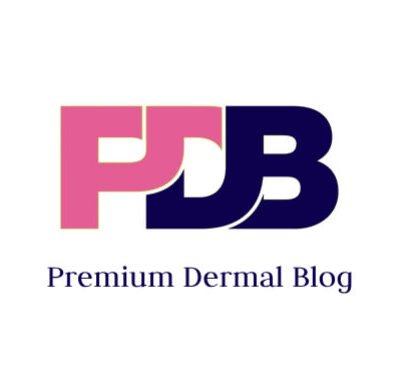
The Future of Aesthetic Treatments: Emerging Insights and Techniques
Current Innovations in Dermal Filler Applications
In recent years, the field of aesthetic treatments has witnessed remarkable advancements in the application of dermal fillers. These innovations not only aim to enhance the aesthetic outcomes but also prioritize patient safety and comfort. Among the most significant developments are the introduction of new formulations and technologies designed to provide longer-lasting results with fewer side effects.
One of the most notable innovations is the emergence of biocompatible dermal fillers that incorporate advanced cross-linking techniques. These fillers are engineered to integrate more effectively with the skin tissue, leading to a more natural look and feel. Additionally, these formulations are created to minimize the risk of adverse reactions, allowing for a smoother patient experience. Enhanced product longevity is another key benefit, with some fillers providing results that can last up to two years or more, significantly reducing the frequency of touch-up treatments.
Moreover, the rise of 3D imaging technologies supports a more precise and customized approach to dermal filler application. Practitioners can now assess facial anatomy in detail, allowing for tailored treatment plans that consider individual patient needs and facial dynamics. This patient-specific method maximizes the effectiveness of the treatment while minimizing potential complications. Expert practitioners emphasize the importance of thorough consultation processes, including detailed discussions about the patient’s aesthetic goals and medical history, to achieve optimal results.
Safety protocols also play a pivotal role in the innovation landscape. Practitioners are encouraged to stay updated on the latest guidelines and best practices to ensure patient safety during and after the filler application. This includes understanding the anatomy of the facial region intimately and utilizing advanced techniques to avoid complications such as vascular occlusion.
In summary, the innovations in dermal filler applications are reshaping the aesthetics field, fostering an environment where safety, customization, and efficacy are at the forefront of treatment practices.
Comprehensive Guide to Skincare Regimens Post-Treatment
Following dermal filler treatments, maintaining the results while promoting healthy skin is essential. A well-structured skincare regimen can significantly influence the longevity of aesthetic enhancements. The primary focus should be on hydration, sun protection, and the incorporation of specific active ingredients that facilitate healing.
Hydration is vital for skin recovery and overall health. After receiving dermal fillers, it is advised to use a hyaluronic acid-based serum or moisturizer. Hyaluronic acid, known for its ability to retain moisture, helps to plump the skin and supports the filler’s efficacy. Additionally, drinking plenty of water daily stimulates internal hydration, contributing to a fresh and vibrant appearance.
Sun protection cannot be overstated in the context of aesthetic treatments. After a filler procedure, the skin may be more sensitive and prone to damage. Therefore, applying a broad-spectrum sunscreen with a minimum SPF of 30 is crucial. This should be a part of the daily routine regardless of the weather. Regular application can prevent pigmentation changes and promote a more even skin tone.
In addition to hydration and sun protection, incorporating active ingredients can enhance post-treatment skincare. Ingredients such as vitamin C can boost collagen production and provide antioxidant support, while peptides may aid in skin repair and smoothness. Products containing niacinamide can help to soothe inflammation and improve skin barrier function, promoting quicker recovery.
Common post-treatment concerns such as swelling, bruising, or discomfort can be alleviated with gentle skincare practices. Avoiding vigorous cleansing or exfoliation for at least a week post-treatment is recommended. Instead, using a gentle cleanser and avoiding any products with retinoids or acids can support recovery. Consulting with a skincare professional for tailored aftercare advice can further enhance the outcomes of dermal filler treatments.

